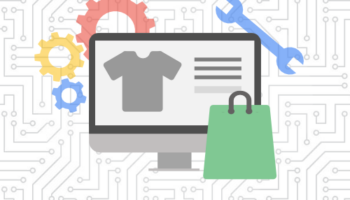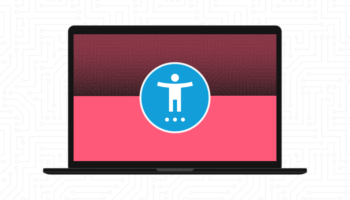A landing page can be the first page that a user hits on your site or it can be a page created for a specific goal that provides condensed, user-oriented information intended to get visitors to convert. In this context, ‘convert’ means to get a user to complete your form or fill in the fields to successfully complete the pages’ goal. For this blog post, I am referring to a user-specific landing page that is often used in tandem with social, email, and paid search campaigns. When driving a campaign to a page, you know exactly what the user is looking for when they land. This provides the opportunity to target the user in a unique way to get them to convert.
Landing pages are not accessible from your website navigation and are therefore not the ‘main’ pages on your site. You want to de-index these pages to make them inaccessible to certain users. Since you are targeting a specific audience, you do not want these pages to be accessed by just anyone visiting your site – only those who you intend to land on the page should access these pages. For this reason, when creating a landing page, you must consider aspects other than the best practices for your navigation pages.
Here are several things to consider when creating a landing page:
1. Strong Heading
Create a strong heading to grab the user’s attention. Be direct, clear, and concise. Once a user lands on your page, you want them to know they are on the correct page. A strong heading can make the difference between a user staying on the page or leaving.
2. Single Purpose/Message
When creating your message, make it easy for the user to understand. State your message and what you would like the user to do. Do not include too much information – the user lands on your page for a reason, so there is no need to add additional educational or background information.
3. Message and Campaign Match
Always make sure that your message matches your campaign. If you are running a campaign to get users to sign up for a specific course on your website, make sure that the landing page matches the course featured in the ad.
4. Clear Call-to-Action (CTA)
Have a clear call-to-action that stands out and is easy to find. What you want the user to do should be front and center. This can be achieved through adding buttons, using design layouts or adding color. Remember to keep the CTA above the fold of the page – when the user lands on the page, you want them to be able to see it. If you are running a campaign to increase newsletter signups, don’t direct users to a landing page that asks the user to “call now” or “download a PDF”. Only ask for the information you need – keeping a form simple and short is best to get a user to complete your task.
5. Design and UX
Have an appealing design. The page should include a strong heading, supporting text, call-to-action, and imagery or videos. Make sure that everything on the page has a purpose. Do not include filler information or imagery – if it is not helping you achieve your goal, it’s likely a user will not find it helpful.
6. Thank You Page
Create a thank you page. This helps users know that they have successfully completed the task on the page. Include a short message to let the user know what comes next. Whether it is receiving a newsletter or getting a response through email, it is helpful to let users know what’s to come.
7. Test
Once you have completed your landing page, you should always test it. Ensure that everything works on the page, that it is leading users where you want them, and that it’s easy for a user to navigate. A great way to test how your page is performing is through an A/B test. A great and easy way to do this is through Google Optimize.
8. Mobile
When creating your page, make sure it is mobile friendly. With a significant number of users accessing sites through their mobile devices, you want to ensure that your landing page is responsive and has the correct layout for those on a phone.
In this blog post, I’ve outlined eight different aspects to consider when creating a landing page. However, this is not an all-encompassing list. Always remember to follow industry-specific best practices to ensure you are aligning with your goals and the intent of your users.





